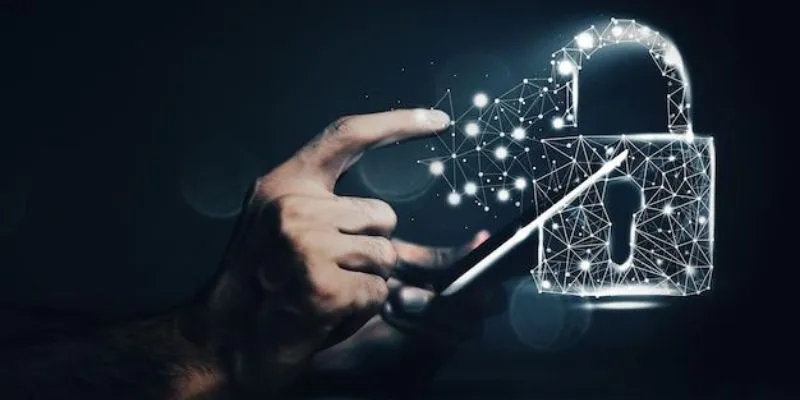In today’s digital age, staying secure online has become a top priority. With cyberattacks on the rise, traditional password-based security is no longer enough to keep sensitive data safe. This is where two-factor authentication (2FA) steps in as a game-changer. If you’ve ever wondered how 2FA works or why it’s so effective, this blog is here to break it down in simple terms. This is why enrolling in a Cyber Security Course in Chennai is becoming increasingly popular.
What Is Two-Factor Authentication?
Two-factor authentication, often abbreviated as 2FA, adds an extra layer of security to your accounts. This second factor can be:
- Something you know (like a PIN or answer to a security question)
- Something you have (like a smartphone or hardware token)
- Something you are (like your fingerprint or facial recognition)
Why Are Passwords Not Enough?
Passwords include the go-to way for securings accounts for decades. However, they come with inherent vulnerabilities:
- Weak Passwords: Many users still choose easily guessable passwords like “123456” or “password.”
- Reused Passwords: Using the same password across multiple accounts means a single breach can compromise everything.
- Phishing Attacks: Cybercriminals often trick users into revealing their passwords through fake websites or emails.
How Does 2FA Work?
The process of two-factor authentication is straightforward and user-friendly. Here’s how it typically works:
- Enter Your Password: Begin by entering your regular password to log in.
- Verify Second Factor: After the password, you’ll be prompted to provide the second verification method.
- Access Granted: Once both factors are verified, you gain access to your account.
This extra step might seem small, but it creates a huge hurdle for hackers.
The Benefits of Two-Factor Authentication
1. Enhanced Security
With 2FA, even if a hacker gets hold of your password, they still need the second factor to breach your account.
2. Protection Against Phishing
Phishing emails aim to steal your login credentials, but with 2FA, knowing the password isn’t enough. Unless the attacker also has access to your phone or biometric data, they’re out of luck.
3. Peace of Mind
Knowing that your accounts are have an extra layer of security allows you to browse, bank, and shop online with confidence.
4. Adaptability Across Platforms
2FA is widely supported by platforms ranging from social media to online banking and enterprise applications. This adaptability ensures comprehensive protection across your digital footprint.
Types of Two-Factor Authentication
There are several methods of executing Two-Factor Authentication, each with its own advantages:
1. SMS-Based Authentication
The one-time code is mailed to your phone through SMS. While convenient, it’s worth noting that SMS-based 2FA can be vulnerable to SIM-swapping attacks.
2. Authenticator Apps
Apps like Google Authenticator or Authy generate time-sensitive codes for verification. These are more secure than SMS-based methods as they don’t rely on your phone number.
3. Hardware Tokens
A physical device provides the second factor. These are highly secure but require you to carry the device with you.
4. Biometric Authentication
Using your fingerprint, facial recognition, or retina scan as the second factor is both secure and convenient. However, it requires compatible hardware.
Common Misconceptions About 2FA
Despite its effectiveness, some myths about 2FA still persist:
- “It’s Too Complicated”: While it adds an extra step, most 2FA methods are quick and easy to use.
- “It’s Only for Tech Experts”: 2FA is designed to be accessible for everyone, not just tech-savvy users.
- “It’s Foolproof”: While 2FA greatly enhances security, it’s not invincible. Sophisticated attacks can still bypass 2FA, which is why continued education.
The Role of 2FA in Modern Cybersecurity
Two-factor authentication has become a cornerstone of modern cybersecurity strategies. Here’s why:
- Compliance Requirements: Many industries now mandate 2FA for regulatory compliance.
- Data Breach Prevention: Companies that implement 2FA experience fewer successful breaches.
- Boosting Customer Trust: Users are more likely to trust platforms that prioritize security.
For those pursuing advanced knowledge in cybersecurity by Full Stack Developer Course in Chennai, comprehending the nuances of 2FA can offer even greater peace of mind.
Whether you’re an individual safeguarding personal accounts or a business protecting sensitive information, enabling 2FA is a step in the right direction.
Remember, staying secure online isn’t just about using tools like 2FA—it’s about adopting a proactive mindset toward cybersecurity. So, enable two-factor authentication today and take control of your digital safety!


